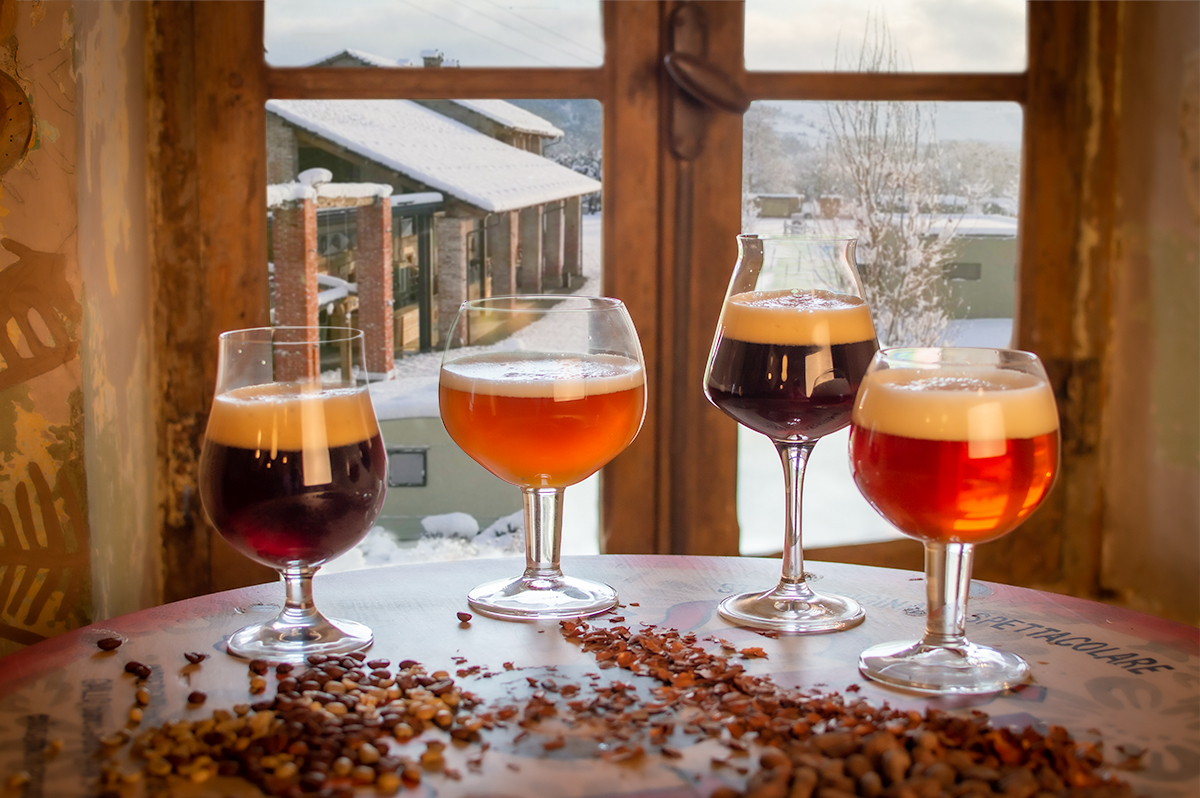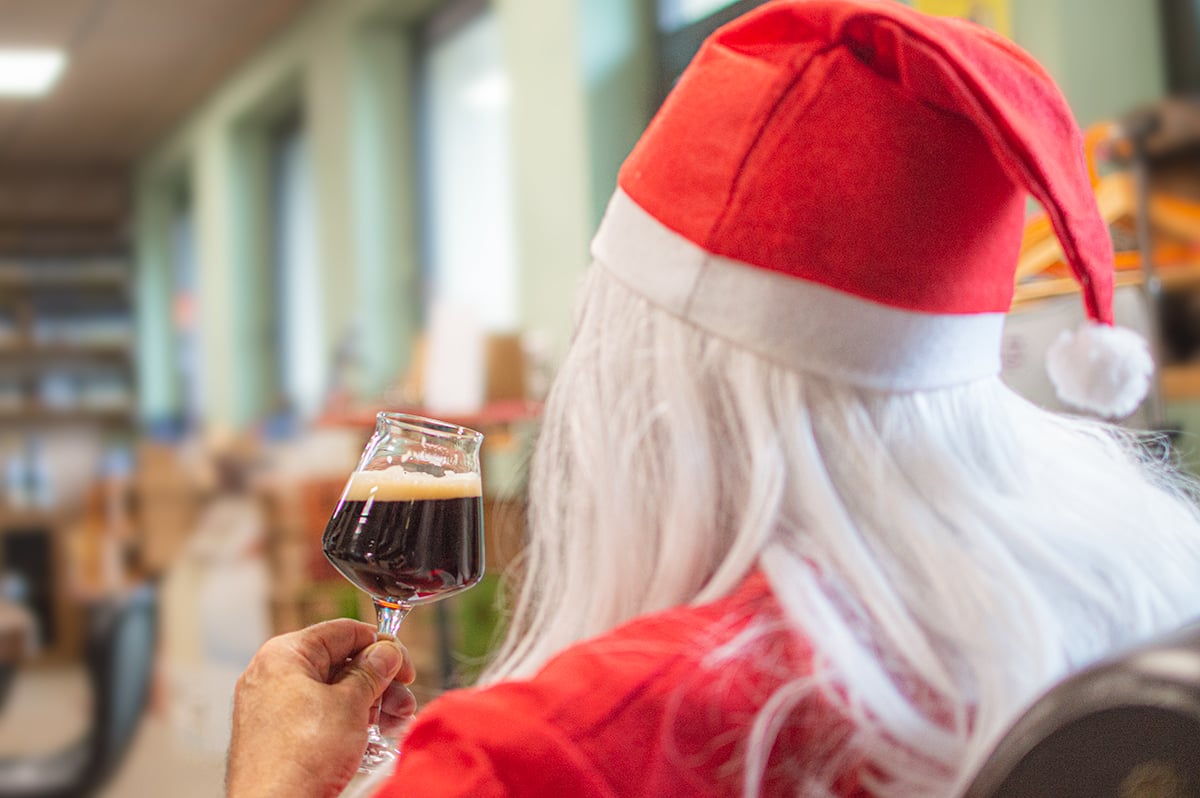Christmas beers: characteristics, ingredients, and styles

As is the case in many other fields, beer-making is also characterized by habits linked to the passing of months and seasons. Christmas beers - special products made by breweries all over the world to celebrate the winter festivities - are certainly one of the most interesting ones.
The origin of this type of beer - it cannot be considered a style as such - is very old. Over time, it has evolved and has taken on different names and followed different conventions depending on the culture of reference: Kerstbier in Belgium, Winter Warmer in Great Britain, Christmas Ale in the Unites States.
Christmas beers are still specialty products made by breweries all over the world and can be interpreted by each master brewer according to their taste and vision. Commercially speaking, Christmas certainly plays an important role to sell these beers, but their existence stems from very specific production and cultural reasons.
Characteristics
As mentioned, Christmas beers do not fall into a specific style, but are a large family with very blurred boundaries. Also, as they are found in many beer making cultures, they have been interpreted differently according to the traditions of each. In general, they try to evoke to the cold season and the winter festivities, mainly in two ways:
- They have a high alcohol content to warm the drinker on the coldest days.
- Their recipes contain several spices, often associated to the Christmas season.
As it often happens, there are exceptions to the rule. This is true for Christmas beers too, as the local beer making habits and the vision of the individual master brewer have a strong influence on the end product.
The different types of Christmas beers
Belgium is considered the home of Christmas beers: it boasts a long and uninterrupted tradition and local Kerstbier have inspired many later evolutions of this type of drink.
Among other things, Belgian brewers are considered very skilled in the use of spices, which are found in abundance in many local Christmas beers. The most common are ginger, cinnamon, nutmeg and vanilla, but the list could be much longer. Also, all Belgian Kerstbier have a high alcohol content, following the local preference for strong and corroborating beers.
The Anglo-Saxon world vaguely talks about Winter Warmers, making reference to the warming power of these beers, rather than focusing on their link to the Christmas festivities. The use of spices is not as common as it is in Kerstbier, and many Winter Warmers do not use any at all. Often, the only distinctive characteristic is the use of dark malts and a higher alcohol content than the average (but still lower than in Belgium!).
In Germany the use of spices is banned by the Reinheitsgebot, so Christmas beers are not very common and, if there are any, they are just a bit stronger than usual. Finally, US Christmas Ales are a very diverse bunch. In some cases, they are modified versions of local styles, such as Imperial IPAs.
History
What is the origin of Christmas beers? Winter celebration drinks have probably always existed, but the first certain documents on Christmas beers date back to the Middle Ages, when they spread throughout England as an evolution of lambswool. This fermented drink took its name for its generous foamy head and was made with roasted apples, nutmeg, ginger and sugar or honey.
This tradition was closely connected to that of wassail, a sort of mulled wine drank during the Christmas gatherings and celebrations. Some of these characteristics have been preserved over the centuries and we can still find them in modern Christmas beers.
Future evolutions
The number of Christmas beers on the market is growing, as more and more breweries are presenting their own versions. However, with the growing number of these seasonal products, we are moving further and further away from the very few criteria that identify them.
As mentioned, the use of spices is not mandatory and is less and less distinctive, and even the high alcohol content is something that we don’t always necessarily find. Still, Christmas beers are one of the most exciting and fascinating traditions in the world our beloved drink.




